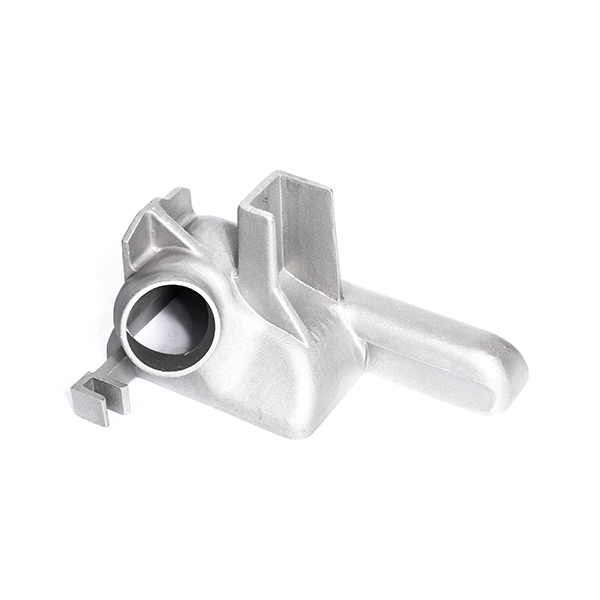Mobile:+86-311-808-126-83
Email:info@ydcastings.com
Exploring the Features and Benefits of 13B Exhaust Manifold Systems for Performance Enhancements
Understanding the 13B Exhaust Manifold A Key Component in Rotary Engines
The 13B exhaust manifold is a crucial element in the performance of rotary engines, particularly those produced by Mazda. Renowned for their lightweight design and high power-to-weight ratio, rotary engines have captured the hearts of automotive enthusiasts around the globe. The 13B engine, which features a unique design allowing for two rotors to revolutionize, has gained popularity due to its performance and engineering brilliance. At the heart of its functionality lies the exhaust manifold, a component that plays a significant role in optimizing the engine's efficiency and power output.
What is an Exhaust Manifold?
An exhaust manifold is an integral part of an internal combustion engine, tasked with collecting exhaust gases from multiple cylinders and directing them to the exhaust outlet. Its main purpose is to efficiently channel the exhaust away from the engine and reduce back pressure, which can hinder performance. In the case of the 13B rotary engine, the exhaust manifold is particularly important due to the engine's unconventional design and unique firing order.
Design and Functionality of the 13B Exhaust Manifold
The 13B engine utilizes a series of ports for intake and exhaust. It is characterized by its compact size, two rotors, and a unique combustion process. The exhaust manifold for the 13B is typically made from cast iron or stainless steel, designed to withstand high temperatures and corrosive gases. Its design features multiple tubular sections that converge into a single outlet, allowing for smooth and efficient passage of exhaust gases.
The unique design of the 13B engine means that the exhaust manifold needs to handle the pulsating nature of the exhaust gases efficiently. Each rotor fires in a specific sequence, creating pressure waves that need to be effectively managed to ensure optimal performance. A well-engineered exhaust manifold will reduce turbulence and back pressure, aiding in quicker turbo spool times and overall improved response.
Performance Enhancements
13b exhaust manifold

For performance enthusiasts, aftermarket exhaust manifolds can significantly alter the characteristics of the 13B engine. High-performance models are often designed with larger diameter pipes and optimized bends to maximize exhaust flow. This can lead to increased horsepower and torque, particularly at high RPMs, enabling the rotary engine to reach its full potential.
Moreover, headers, a type of aftermarket exhaust manifold, can improve not just performance but also the sound of the engine. The distinct roar of a rotary engine is made even more appealing with a well-designed exhaust system. This auditory experience adds to the overall enjoyment of driving a vehicle powered by a 13B engine.
Common Issues and Maintenance
While the 13B exhaust manifold is a robust component, it is not immune to wear and tear. Common issues include cracks and leaks, often resulting from the thermal expansion and contraction that occurs during engine operation. Regular inspection and maintenance are vital for ensuring longevity and performance.
Upgrading the exhaust manifold can also be an effective strategy for preventing issues with exhaust back pressure and improving overall engine health. This is especially true in high-performance applications where enhanced airflow is essential.
Conclusion
The 13B exhaust manifold is more than just a collection of pipes; it is a vital component that influences the performance and efficiency of Mazda's beloved rotary engine. Understanding its design, functionality, and importance in both stock and modified configurations can help car enthusiasts appreciate the engineering mastery behind the 13B engine. Whether one is looking to maintain a classic Mazda or build a high-performance rotary, attention to the exhaust manifold is essential for achieving optimal results and enjoying the unique characteristics of rotary power.
-
Why Should You Invest in Superior Pump Castings for Your Equipment?NewsJun.09,2025
-
Unlock Performance Potential with Stainless Impellers and Aluminum End CapsNewsJun.09,2025
-
Revolutionize Your Machinery with Superior Cast Iron and Aluminum ComponentsNewsJun.09,2025
-
Revolutionize Fluid Dynamics with Premium Pump ComponentsNewsJun.09,2025
-
Optimizing Industrial Systems with Essential Valve ComponentsNewsJun.09,2025
-
Elevate Grid Efficiency with High-Precision Power CastingsNewsJun.09,2025











